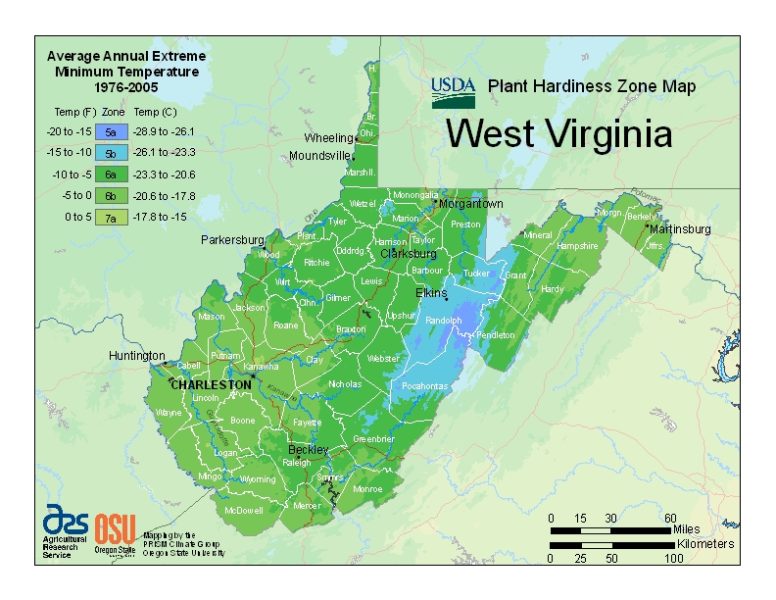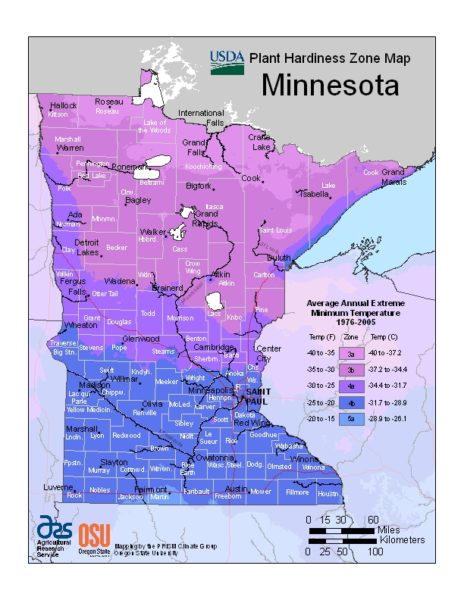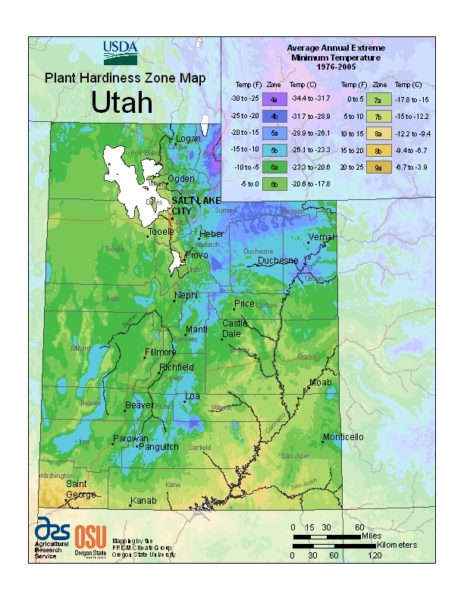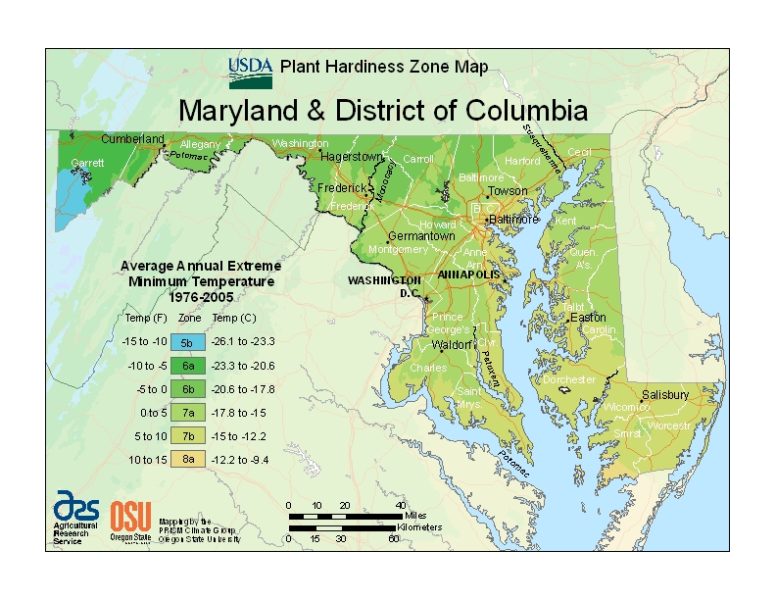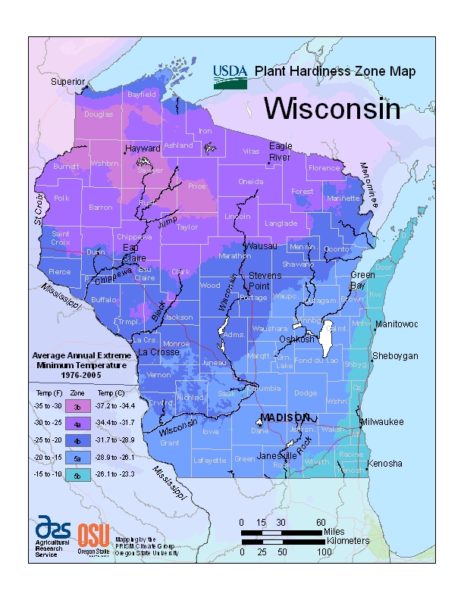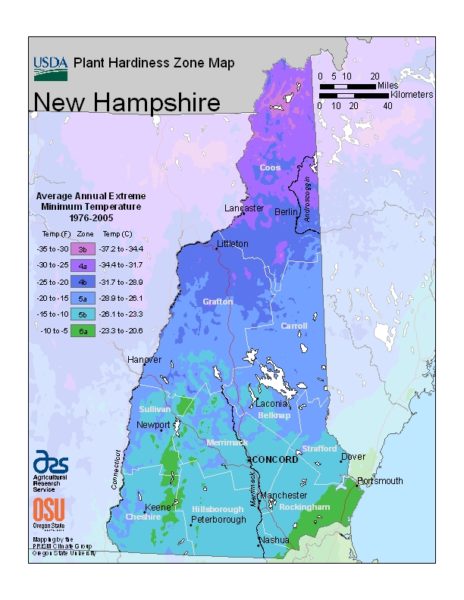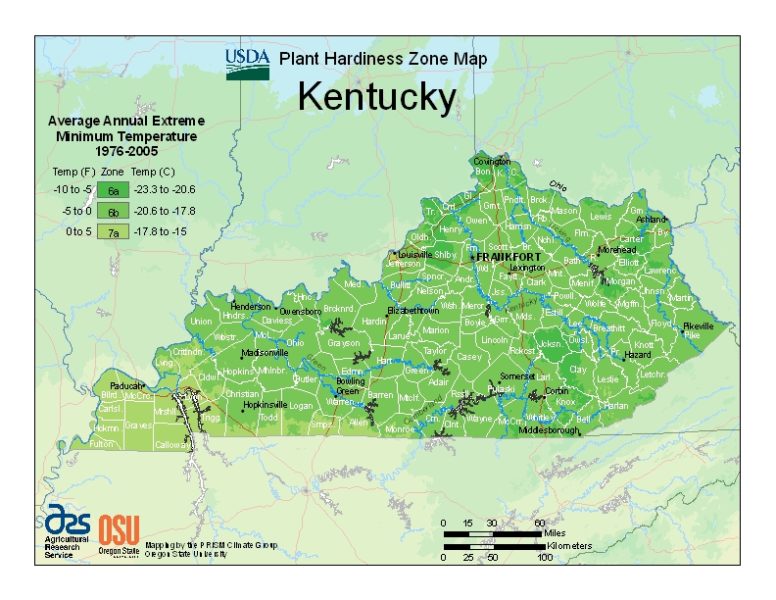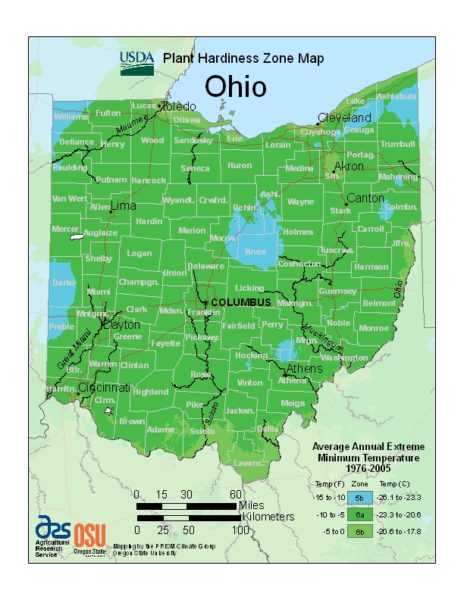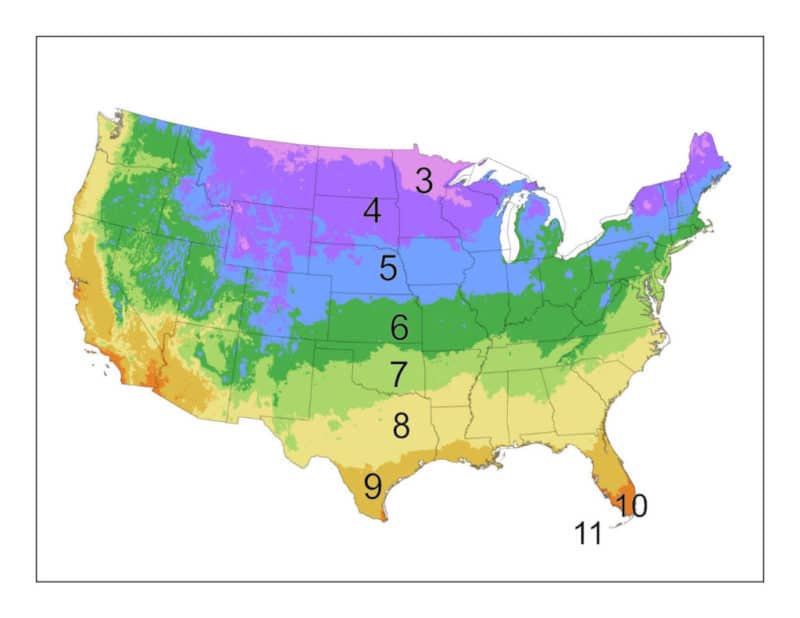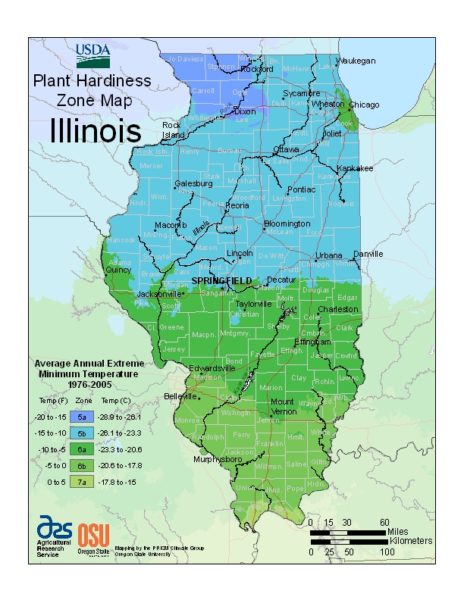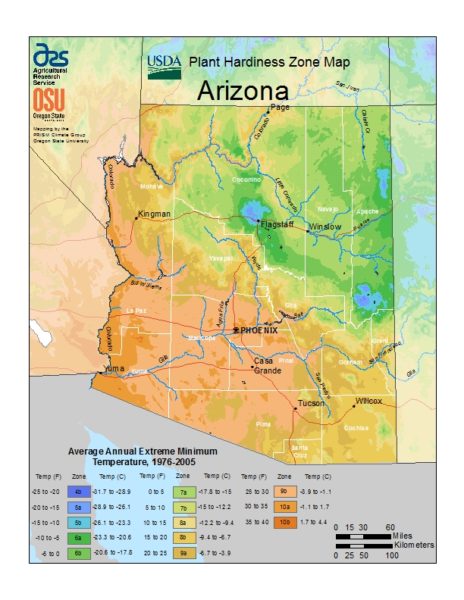Last Updated on May 27, 2022
There were some sensational gardens at Chelsea this year but my personal Best in Show award goes to The Boodles Travel Garden – Around the World in 16 Days, designed by Tom Hoblyn. Why? Because very few Chelsea gardens make me want to rip up my own garden and start again. Not only that, but The Beau and I agreed unanimously that this was our favourite design and that’s something to celebrate.
Tom Hoblyn is no stranger to Chelsea. He’s one of those garden designers who just gets on with it, quietly accruing medals as he goes. With that quietness, and considerable experience, comes the confidence to present gardens that resist flashiness but still deliver in spades.
What I loved most about The Boodles Travel Garden was the degree of polish demonstrated in its execution. The finish was so exemplary that I expect some people found it too neat and tidy, but in a show where most gardens had embraced wild and woolly, it was a relief to alight on a space graced with refinement and elegance. Every plant was perfectly, purposefully placed, right down to the carpets of clubmoss (Selaginella kraussiana) and mind-your-own-business (Soleirolia soleirolii) that hovered over the surface of the water or nudged up gently against the path. In some respects Tom’s garden reminded me of Tommaso del Buono and Paul Gazerwitz’s garden for The Telegraph in 2014, which I described then as gleaming with ‘peridot, citrine, emerald, sapphire and opal – vital, saturated and so redolent of May’. That same description seems entirely fitting for a garden sponsored by Boodles, one of London’s most prestigious jewellers.
The other aspect of Tom’s design that resonated strongly with me was the sinuous path running alongside a shallow rivulet. If you read my recent post about Trengwainton in Cornwall you may recall that my favourite feature of that garden is the stream that emerges from woodland to run alongside a carriage drive for a short time – it’s a wonderfully picturesque scene brilliantly contrived to amuse and entertain anyone arriving at the house. That same combination of path, cascading water and verdant planting was presented here, albeit in a more compact and contemporary form. The contrast between pale, smooth path and dark, rippling water was already beautiful, but then lush green planting plunges down to meet it. (The texture of the stream bed reminded me of an ammonite, although looking at it again there’s an uncanny resemblance to the conveyor belt at a baggage reclaim. Let’s move swiftly past that!)
All around the garden there were references to different cultures and that’s where the travel element came in. In 1962, Anthony Wainwright, father of the current Boodles chairman, travelled around the world in just 16 days. He visited a total of 10 cities on the route, stopping to buy gemstones. It was a time when air travel was limited, infrequent and expensive – even today this would be quite a difficult journey to make. Perhaps the most obvious travel references lay in the choice of planting, with Cyathea cooperii from India, Cornus kousa from East Asia, hostas from Japan, pseudopanax from New Zealand and Acer davidii from China. The back corner of the garden had a particularly Oriental feel with its squat, blackened furniture and heavy frame surrounding a pale, slatted door.
Tom used several of the oldest tricks in the book for making the space appear larger than it was: obscuring the end of the garden to provide a sense that something lies beyond, sinuous lines to distract the eye from rushing straight to the end and a path that becomes narrower as it recedes into the distance, creating false perspective. These are all simple devices we can employ in our gardens to increase the sense of space.
Slight mouding of the earth in planted areas helped to give the garden depth and the planting height. This subtle landscaping was accentuated by carefully chosen pieces of gnarled and weathered timber, very much in the Japanese style. Although the walls surrounding the garden were dark, the water and bright, reflective path threw ample light up into the planting.
The photograph above demonstrates how much can be achieved with green foliage alone; from the crisp, feathery fronds of autumn fern, Dryopteris erythrosora, to the brooding, elongated blades of Hosta ‘Devon Green’. Fleeting flowers act as punctuation points, rather than the main narrative, which is good way to plan a garden. Perhaps a few more evergreens could have been included to carry the interest through to winter, although beneath that blanket of mind-you-own-business could have been a dormant carpet of snowdrops and aconites. Most of the plants featured would be happy growing in partial or majority shade, offering hope and inspiration to anyone with an enclosed or north-facing garden that sees little of the sun.
5 things I loved about Tom’s garden
– A sense that the garden might continue in either direction, with the potential for the stream to continue its journey beyond this garden’s boundaries, perhaps into a wilder area or a pond.
– The sinuous path snaking through the garden creating different vistas and little peninsulas for planting.
– The ammonite-like stream bed, channelling cool, rippling water past lush planting. Imagine the fun that children could have playing Pooh sticks here (supervised, of course).
– Use of foliage plants, providing a long period of interest and the perfect foil for carefully chosen flowering plants.
– Dramatic rendered walls imprinted with fern fronds.
Tom’s garden earned him another gold medal, which will be quietly stashed away until the next time. I hope that next time comes soon. For more of Tom’s work, you can visit his website at thomashoblyn.com. Continue scrolling down for a full plant list. TFG.
Polystichum polyblepharum, Polypodium ‘Spotty Dotty’, Gunnera magellanica and Soleirolia soleirolii
Plant List
Trees & Shrubs
Acer davidiiAcer palmatum ‘Dissectum’Cornus kousaEnkianthus campanulatusKalmia laurifoliaDaphne laureola
Perennials
Adiantum venustumAdiantum pedatumAdiantum raddianumAnemone leveilleiArisaema speciosumArisaema tortuosumAspidistra elatiorAsplenium scolopendriumAthyrium filix-feminaAthyrium nipponicum pictumBlechnum spicantCarex ‘Irish Green’Cyrtomium falcatumCyathea cooperiiDarmera peltataDisporum bodeinieriDisporum ‘Green Giant’Dryopteris affinisDryopteris erythrosoraDryopteris filix-masDryopteris wallichianaEpimedium x perralchicum ‘Frohnleiten’
Perennials (continued)
Gunnera magellanicaGymnocarpium dryopterisHosta ‘Devon Green’Hosta ‘Royal Standard’Iris sibirica ‘Caesar’s Brother’Iris sibirica ‘Persimmon’Mentha requieniiOsmunda regalisPodophyllum ‘Spotty Dotty’Polygonatum ‘Betberg’Polygonatum punctatumPolypodium vulgarePolystichum polyblepharumPolystichum setiferumPolystichum setiferum ‘Herrenhausen’Primula bulleyanaRheum palmatumRodgersia nepalensisSelaginella kraussianaSmilacina fuscaSoleirolia soleiroliiTodea barbara
- Spring Best Selling Plants From FastGrowingTrees.com - March 6, 2022
- Unboxing Perfect Plants Nursery - March 9, 2022
- Unboxing From PlantingTree Nursery - February 6, 2022






